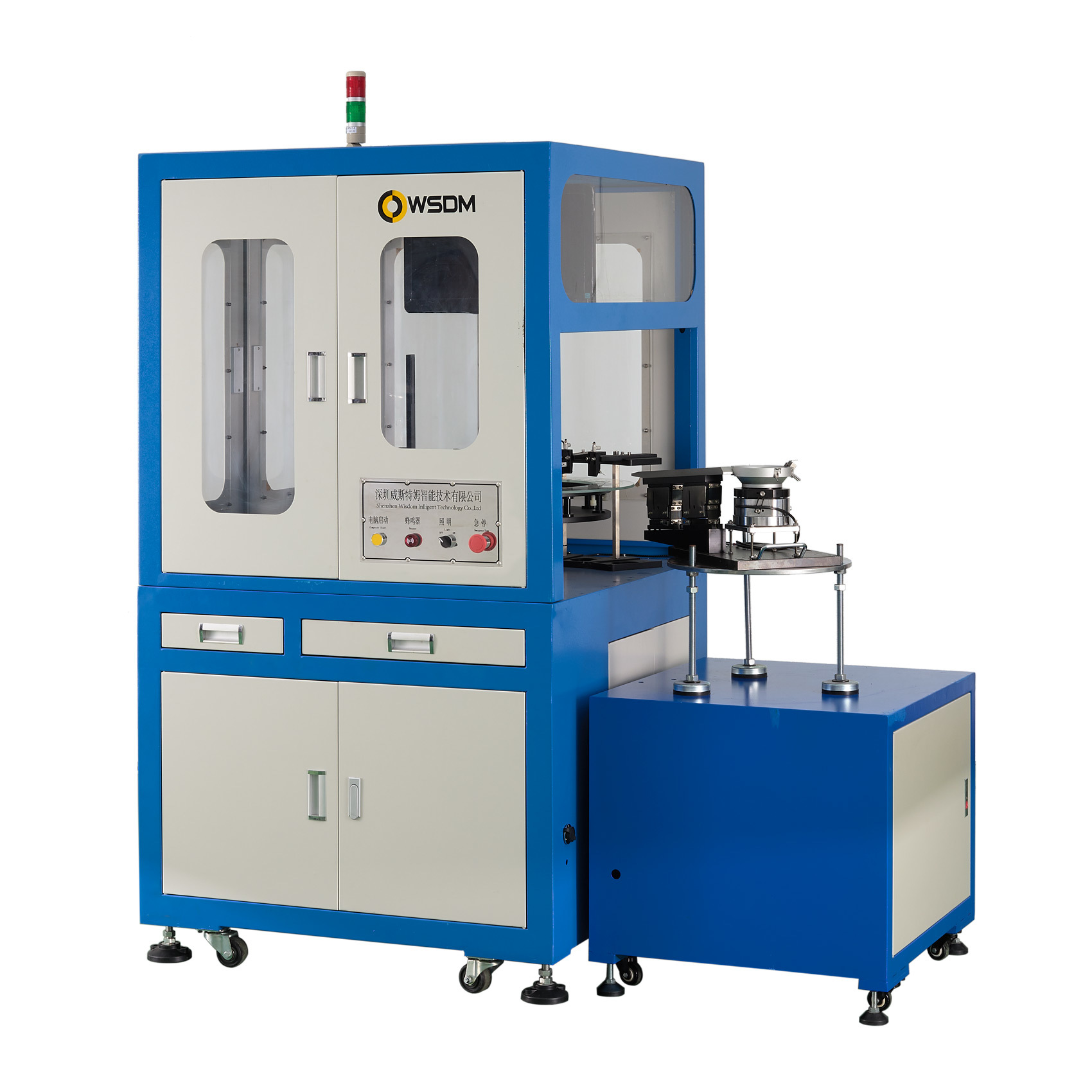Understanding the Cost Factors of Multi-Faceted Product Inspection Machines
When it comes to the price of multi-faceted product inspection machines, several crucial factors come into play. These machines are designed to assess the quality and performance of optical components, such as lenses, ensuring that they meet stringent industry standards. Understanding what influences their pricing can help businesses make informed decisions when considering the acquisition of such instruments.
Firstly, the complexity of the inspection technology significantly affects the price. Multi-faceted inspection machines often incorporate advanced features such as automated optical inspection (AOI), machine vision systems, and sophisticated algorithms for accurate analysis. The more complex the technology, the higher the development and manufacturing costs, which are subsequently reflected in the machine's price. Businesses must consider their specific inspection needs and how these features align with those requirements.
Secondly, the precision and accuracy of the measurements also play a vital role in determining cost. High-end machines capable of detecting minute defects or deviations in optical components can be more expensive due to the precision optics and sensors employed. Companies focusing on high-quality products may find that investing in more accurate machines yields long-term savings by reducing waste and enhancing product reliability.
Another factor influencing the price is the level of customization available. Some manufacturers offer tailored solutions to meet specific industry requirements, which can lead to variations in pricing. Customized machines may come with added features or unique capabilities designed to optimize the inspection process for particular types of products. While these may carry a higher initial cost, they can ultimately lead to improved operational efficiency and reduced inspection times.
Moreover, the brand reputation and customer support services provided by the manufacturer can also affect the price of multi-faceted product inspection machines. Established brands often invest more in research, development, and customer service, contributing to higher operational costs. However, the assurance of quality and reliability from a well-known brand can sometimes justify the investment.
Finally, market dynamics and regional factors play a role in the pricing landscape. Supply chain fluctuations, raw material costs, and regional demand can all impact the final price of these machines. Additionally, technological advancements can lead to price adjustments, either upward for cutting-edge innovations or downward as older models become more accessible.
In conclusion, the price of multi-faceted product inspection machines is influenced by a combination of technology complexity, measurement precision, customization options, brand reputation, and market conditions. Businesses in the optical instrument sector should carefully evaluate these factors to ensure they choose the right inspection solutions that align with their quality assurance goals and operational needs.
Firstly, the complexity of the inspection technology significantly affects the price. Multi-faceted inspection machines often incorporate advanced features such as automated optical inspection (AOI), machine vision systems, and sophisticated algorithms for accurate analysis. The more complex the technology, the higher the development and manufacturing costs, which are subsequently reflected in the machine's price. Businesses must consider their specific inspection needs and how these features align with those requirements.
Secondly, the precision and accuracy of the measurements also play a vital role in determining cost. High-end machines capable of detecting minute defects or deviations in optical components can be more expensive due to the precision optics and sensors employed. Companies focusing on high-quality products may find that investing in more accurate machines yields long-term savings by reducing waste and enhancing product reliability.
Another factor influencing the price is the level of customization available. Some manufacturers offer tailored solutions to meet specific industry requirements, which can lead to variations in pricing. Customized machines may come with added features or unique capabilities designed to optimize the inspection process for particular types of products. While these may carry a higher initial cost, they can ultimately lead to improved operational efficiency and reduced inspection times.
Moreover, the brand reputation and customer support services provided by the manufacturer can also affect the price of multi-faceted product inspection machines. Established brands often invest more in research, development, and customer service, contributing to higher operational costs. However, the assurance of quality and reliability from a well-known brand can sometimes justify the investment.
Finally, market dynamics and regional factors play a role in the pricing landscape. Supply chain fluctuations, raw material costs, and regional demand can all impact the final price of these machines. Additionally, technological advancements can lead to price adjustments, either upward for cutting-edge innovations or downward as older models become more accessible.
In conclusion, the price of multi-faceted product inspection machines is influenced by a combination of technology complexity, measurement precision, customization options, brand reputation, and market conditions. Businesses in the optical instrument sector should carefully evaluate these factors to ensure they choose the right inspection solutions that align with their quality assurance goals and operational needs.
Related News













